Cracking The Botanical Extracts Skin Benefits Code
As people pay more and more attention to health, pure natural, green and additive-free skin care products are attracting more and more attention. Botanical extracts have been widely used in skin care cosmetics because of their unique mechanism and cosmetic effect.
Compared with traditional cosmetics, skin care products containing active ingredients of plant extracts do not contain additives and preservatives, are mild and non-irritating to the skin, will not cause skin allergies, and have higher safety performance; natural plant extracts use organic plants as raw materials, the molecules of the extract ingredients are small, the skin care product is fine and lubricated, it is easier to be absorbed by the skin, and the skin care effect is better.
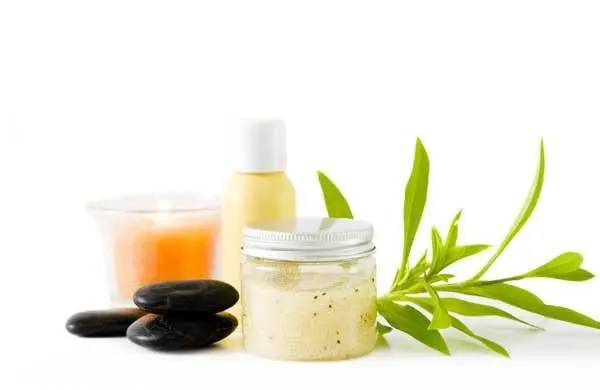
Botanical extracts are single active ingredients or mixtures obtained from plants. What are the botanical extracts' skin benefits do you know? Why are botanical extracts used for skin care products? Are they really as efficient and safe as the advertisement promoted? Read this this article will help you cracking the botanical extracts skin benefits code completely and scientifically.
The botanical extracts' skin benefits mainly depend on the active ingredients they contain, which can be classified into the following common categories: glycosides, polyphenols, terpenoids, flavonoids, organic acids, alkaloids, etc. The main benefits of these botanical extract ingredients in skin care cosmetics include moisturizing, anti-aging, freckle removal, sun protection, etc. Choosing appropriate botanical extract ingredients and adding appropriate doses of Plant Extract Ingredients in Cosmetic products can maximize their effectiveness.
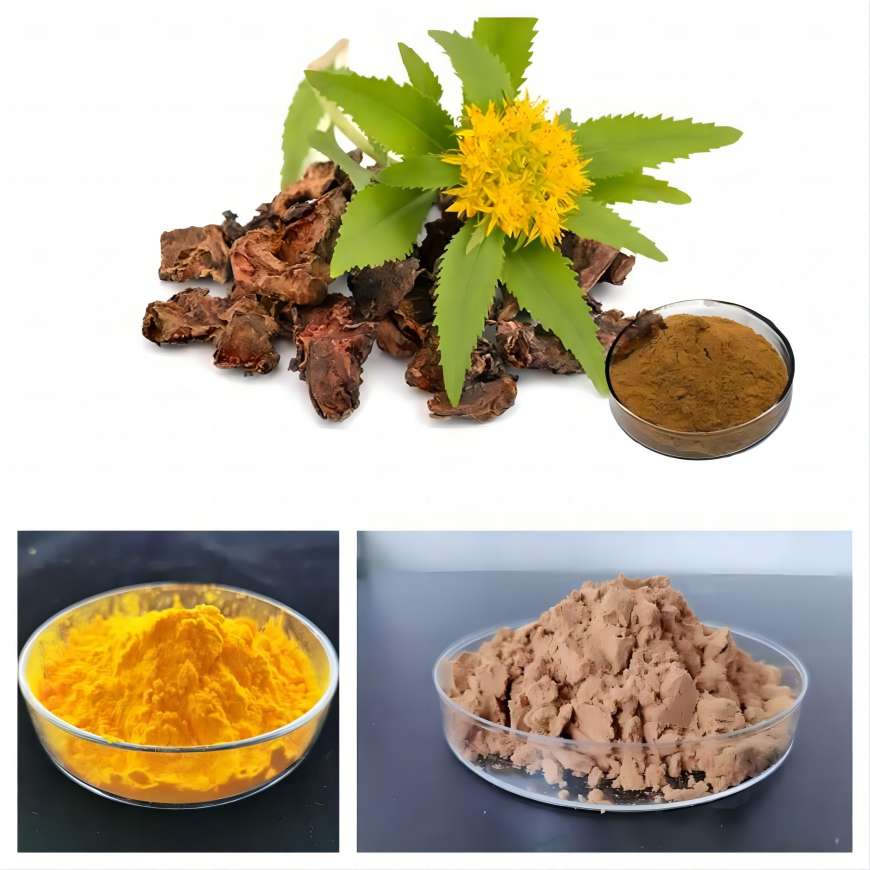
1.Moisturizing Effect
The moisturizing performance in skin care product is mainly achieved through two ways: one is the water-locking effect of forming hydrogen bonds between the humectant and water molecules; the other is that the oil forms a closed film on the skin surface.
The so-called moisturizing cosmetics are cosmetics that contain moisturizing ingredients to maintain the water content of the stratum corneum to restore the luster and elasticity of the skin. Moisturizing cosmetics are mainly divided into two types according to their characteristics: one is to use water-retaining substances that can strongly combine with water on the skin surface to moisturize the stratum corneum, called humectants, such as glycerin; the other is water-insoluble substances, A lubricating film is formed on the surface of the skin, which acts as a seal to prevent water loss so that the stratum corneum maintains a certain amount of water. It is called emollients or conditioning agents, such as petroleum jelly, oils, and waxes.
Many plant extracts have hydrating and moisturizing skin care benefits, such as aloe vera, seaweed, olive, chamomile, etc. By extracting aloin and studying its moisturizing properties, it is found that aloin has good moisturizing and moisture absorption properties. Adding aloe moisturizing ingredients to moisturizing skin care products is non-toxic, harmless, green, and healthy.
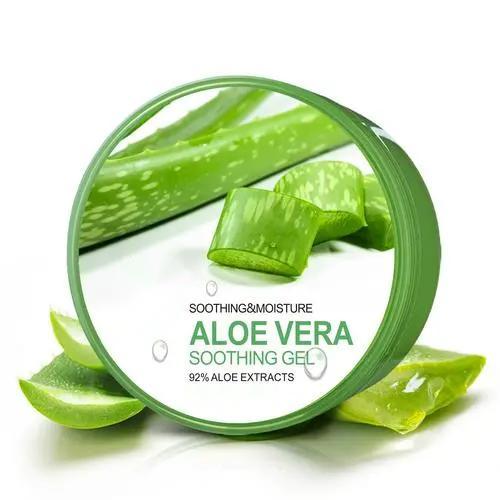
2. Anti-Aging Effect
With the growth of age, the skin begins to show an aging state, which is mainly reflected in the reduction of collagen, elastin, mucopolysaccharide and other contents in the skin to varying degrees, the atrophy of the blood vessels supplying skin nutrition, the decrease of the elasticity of the blood vessel wall, and the gradual thinning of the skin epidermis, uplift, subcutaneous fat reduction, visually manifested as the appearance of wrinkles, chloasma and age spots.
At present, previous studies on the causes of human aging have summarized the following aspects:
One Is the Increase in Free Radicals and Aging
Free radicals are atoms or molecules with unpaired electrons produced by covalent bond homolysis. They are highly chemically active and undergo peroxidation with unsaturated lipids to generate lipid peroxide (Lipidperoxide, LPO). Its final product malondialdehyde (malondialdehyde, MDA) can react with most of the substances in living cells, resulting in a decrease in the permeability of the biomembrane, damage to DNA molecules, cell death or mutation.
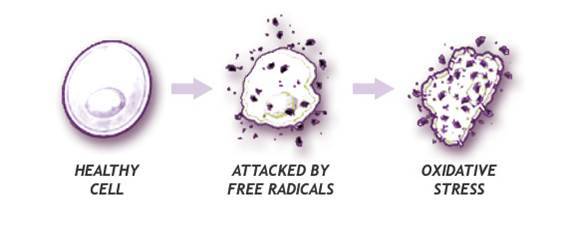
Another Is the Medium-Wave Ultraviolet (UVB) and Long-Wave Ultraviolet (UVA) in the Sun Which Can Cause Skin Photoaging.
UV radiation causes skin aging mainly through the following mechanisms:
①DNA damage;
②Cross-linking of collagen;
③Reduce the immune response by inducing the inhibitory pathway of the antigenic stimulation response;
④Highly reactive free radicals interact with various intracellular structures to cause damage to cells and tissues;
⑤Directly inhibits the function of epidermal Langerhans cells, causes photo immunosuppression, and weakens the immune function of the skin.
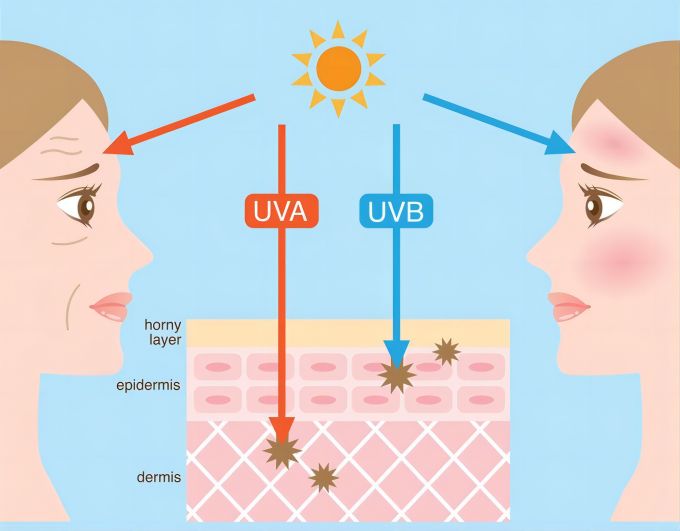
In addition, non-enzymatic glycosylation, metabolic disorders, matrix metalloproteinase aging, etc. will also affect skin aging.
Plant extracts such as Scutellaria baicalensis, Burnet ulca, Morinda officinalis seeds, Moringa tree, Shuihe, Forsythia, Salvia miltiorrhiza, Angelica, etc. are natural elastase inhibitors and have anti-aging effects. By studying the differentiation and hydration of Danshen extract on the skin epidermis, the results show that: Salvia miltiorrhiza extract (ESM) can stimulate the expression of filaggrin in normal human keratinocytes and AmoRe Skin, thereby enhancing the activity of epidermal differentiation and hydration, Play anti-aging and moisturizing effect.
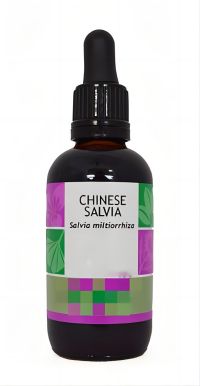
Researchers extracted effective anti-free radical DPPH from edible plants, and applied it to suitable cosmetic products, with good results. Polygonum cuspidatum was extracted by hot water immersion method to obtain a crude extract, and the crude extract was obtained after polyamide column chromatography, and a series of qualitative and quantitative analyzes were carried out. The results showed that: Polygonum cuspidatum extract had a certain inhibitory effect on elastase, thereby playing the role of anti-aging and anti-wrinkle.
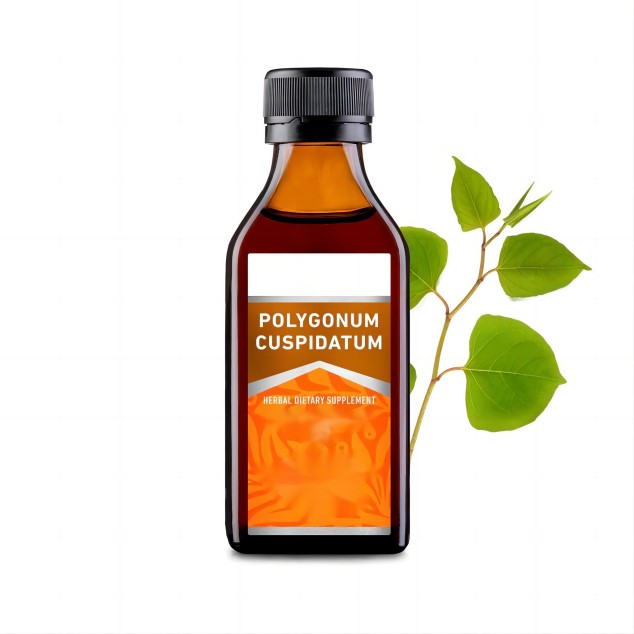
3.Freckle Removal Effect
The difference in skin color of the human body usually depends on the content and distribution of epidermal melanin, the blood circulation of the dermis, and the thickness of the stratum corneum. Dark skin or dark spots are mainly affected by factors such as the accumulation of melanin after a large amount of formation, skin oxidation, keratinocyte deposition, poor skin microcirculation, and toxin accumulation in the body.
Nowadays, the effect of freckle removal is mainly achieved by affecting the formation and proliferation of melanin, one is tyrosinase inhibitors. The conversion from tyrosine to dopa and dopa to dopaquinone is catalyzed by tyrosinase, which directly controls the initiation and speed of melanin synthesis, and determines whether the subsequent steps are able to go on.
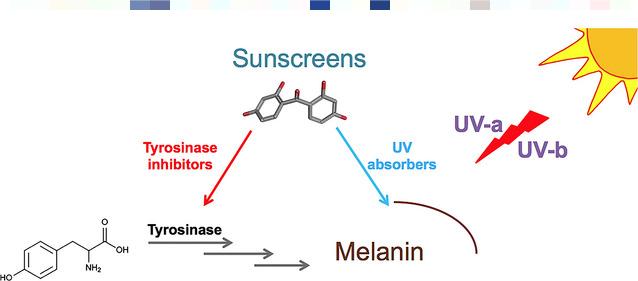
When various factors act on tyrosinase to increase its activity, melanin synthesis increases, and when tyrosinase activity is inhibited, melanin synthesis decreases. Brenner M et al. have shown that arbutin can inhibit the activity of tyrosinase in a concentration range that does not have melanocyte toxicity, block the synthesis of dopa, and thereby inhibit the production of melanin.
Yeon Jae Ho et al. studied the chemical constituents in the rhizome of the black tiger and its whitening effect while evaluating skin irritation. The research results show that: among the 17 isolated compounds (HLH-1~17), HLH-3 can inhibit the formation of melanin, thereby achieving the effect of whitening, and the extract has very low irritation to the skin. Ren Hongrong and others have proved through experiments that the alcohol extract of perfume lotus flower has an obvious inhibitory effect on the formation of melanin, and it can be used as a new type of plant source whitening agent mixed into a suitable cream to make skin care, anti-aging and freckle. functional cosmetics.
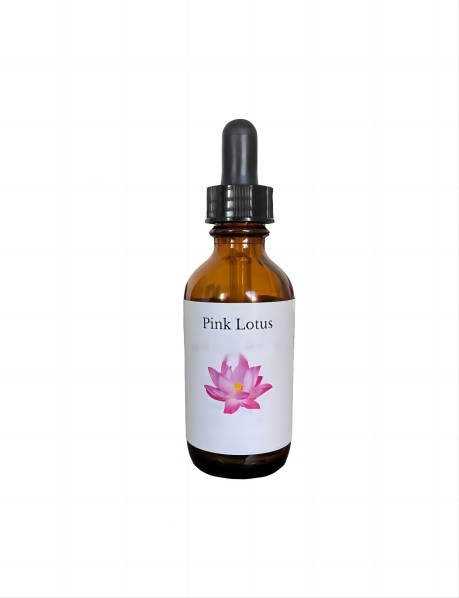
There is also a melanocyte cytotoxic agent, such as an endothelin antagonist found in plant extracts, which can competitively inhibit the binding of endothelin to melanocyte membrane receptors, inhibit the differentiation and proliferation of melanocytes, and thus achieve inhibition Ultraviolet radiation causes the purpose of melanin production.
Frédéric Bonté and others have shown through cell experiments that the new Brassottleya orchid extract can effectively inhibit the proliferation of melanocytes, and adding it to a suitable cosmetic formula has a significant effect on skin whitening and brightening. Zhang Mu et al. extracted Chinese herbal medicine extracts such as Scutellaria baicalensis, Polygonum cuspidatum and Burnet burnet, and conducted research. The results showed that the extracts could inhibit cell proliferation to varying degrees, significantly inhibit intracellular tyrosinase activity, and significantly reduce intracellular tyrosinase activity. Increase the content of melanin, so as to achieve the effect of freckle removal and whitening.
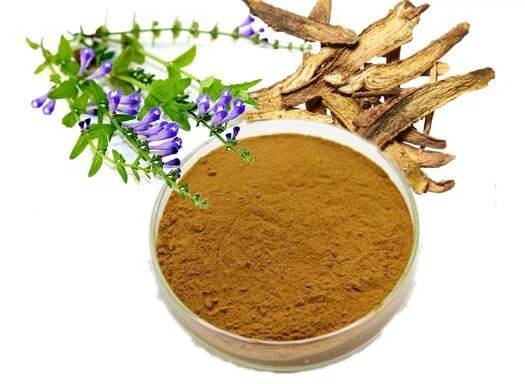
4. Sun Protection Effect
Generally speaking, the sunscreen agents commonly used in sunscreen cosmetics are divided into two categories: one is ultraviolet absorbers, which are organic compounds, such as ketones; the other is ultraviolet shielding agents, that is, physical sunscreens, such as TiO2 and ZnO. However, these two types of sunscreens can cause skin irritation, skin allergies, and clogged skin pores.
Many natural plants have a good absorption effect on ultraviolet rays and indirectly enhance the sunscreen performance of the product by reducing the radiation damage caused by ultraviolet rays to the skin. In addition, compared with traditional chemical and physical sunscreens, the sunscreen ingredients in plant extracts have the advantages of less skin irritation, photochemical stability, safety and reliability.
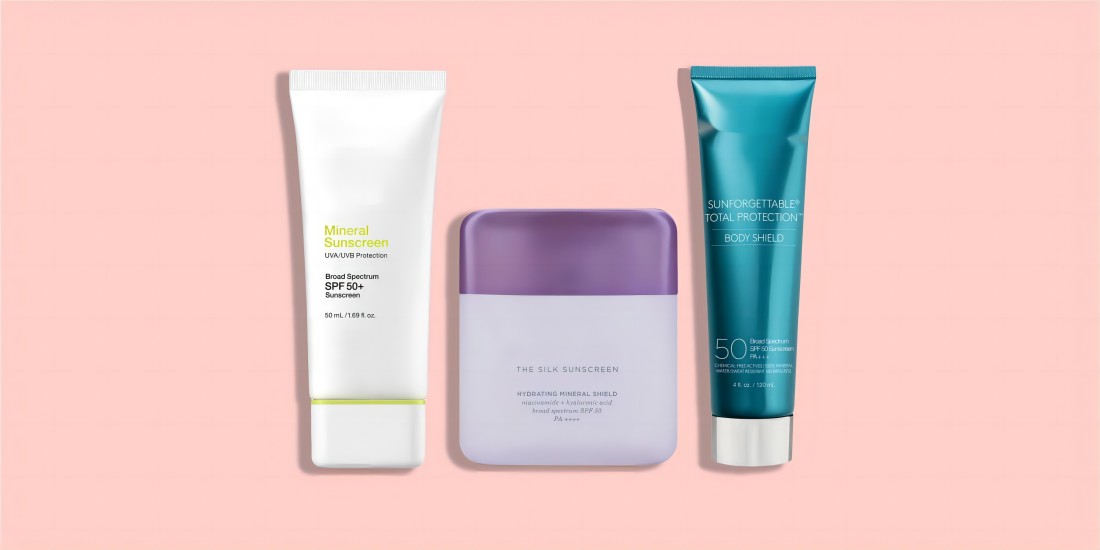
Zheng Hongyan et al. selected three natural botanical extracts of corticosteroids, resveratrol and arbutin, and conducted research on the safety and UVB and UVA protection effects of their compound sunscreen cosmetics through human experiments. The research results show that some natural plant extracts have a good UV protection effect.
Although there are many natural botanical extracts skin benefits in cosmetics, they must be rational in use and not follow them blindly. The following are some misunderstandings about the skincare benefits and efficiency of natural plant extracts, do you understand?
Are Plant Extracts Safer and Milder?
NO, natural ≠ safe! Studies have shown that some types of plant ingredients may pose safety risks. In China's "Safety and Technical Specifications for Cosmetics" (2015 edition), the prohibited plant components are listed, such as Pinellas, oleander, angelica, wild lily, mimosa, etc.

Safety risks are also related to dosage. For example, EU SCCS stipulates that the content of methyl eugenol in tea tree oil should not exceed 2mg/kg in resident products and 10mg/kg in rinse products.
In addition, due to individual differences, certain plant extracts may be safe for some people but may be allergic to others. Therefore, don't blindly believe in "purely natural" products, but pay attention to the allergen ingredient information on the packaging to prevent allergies.
Which Is Better, Plant Extracts or Chemical Synthetics?
Relatively speaking, the chemical composition structure is clearer, the purity is generally higher, the information on the principle of action and possible side effects is relatively clear, the relevant research literature is richer, and the cost of mass production is lower.
However, plant extracts are complex and uncertain. For example, a plant extract often contains multiple components. It is necessary to determine which one or several components are working, and study the mechanism of action, verify the efficacy of the product, and find a suitable product. The extraction process and so on all need a lengthy process.
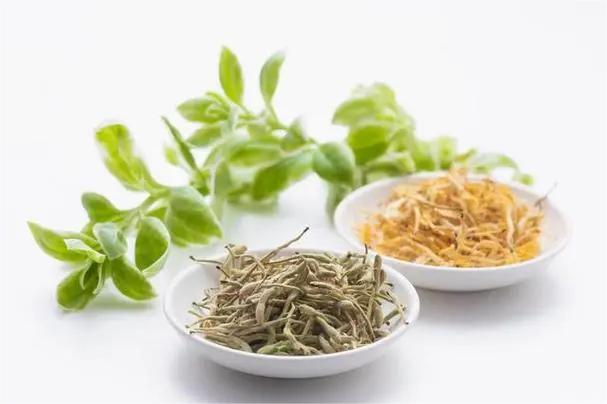
But there is no doubt that plant extracts have broad research and application prospects. Many effective skin care ingredients were first discovered in plant extracts, such as salicylic acid, which was originally extracted from willow bark.
In short, plant extracts have many benefits for skincare, and everyone should choose rationally according to their own needs.


 English
English French
French Spanish
Spanish Russian
Russian Korean
Korean Japanese
Japanese





